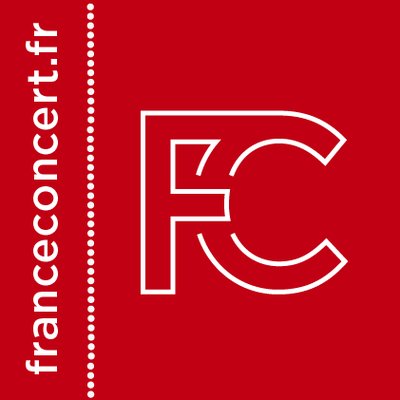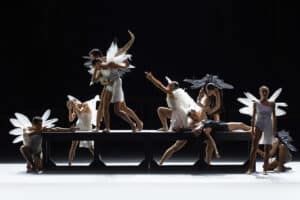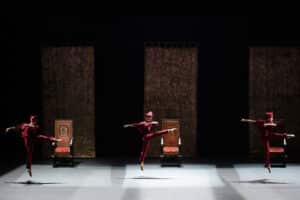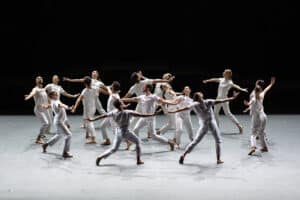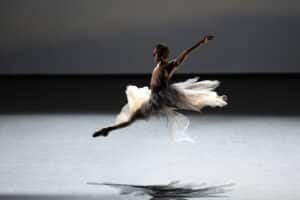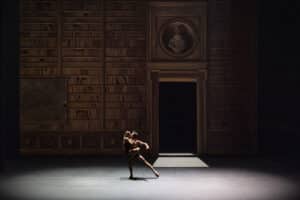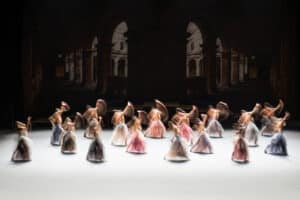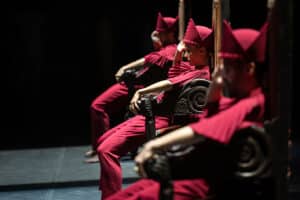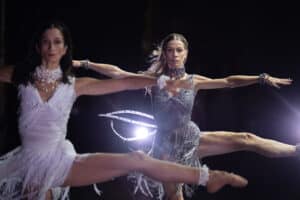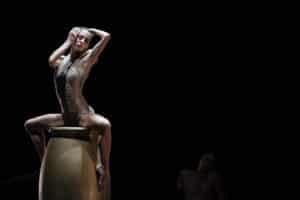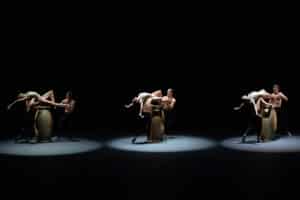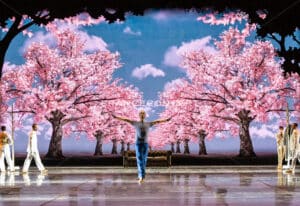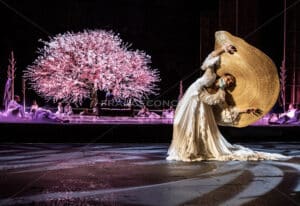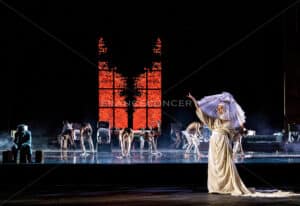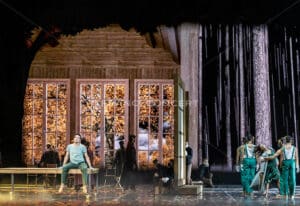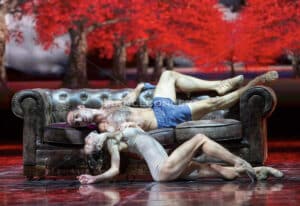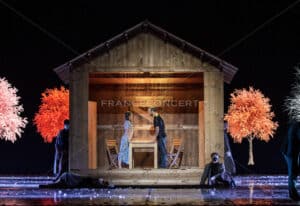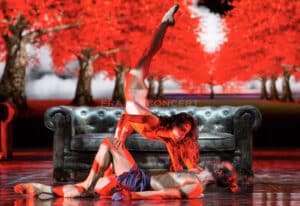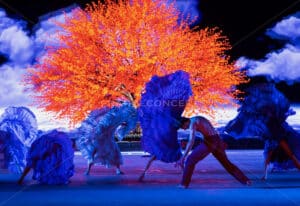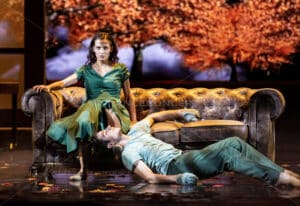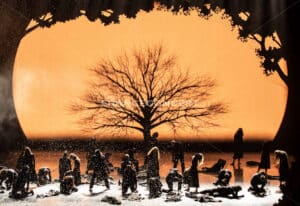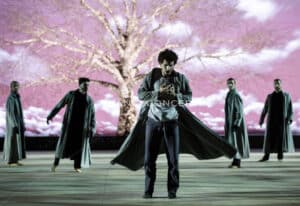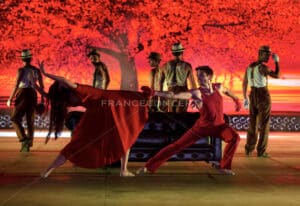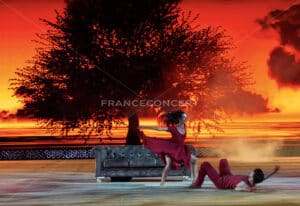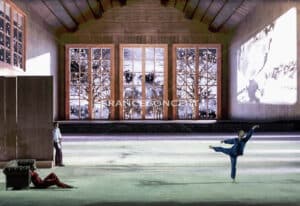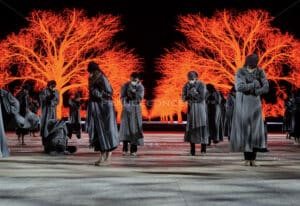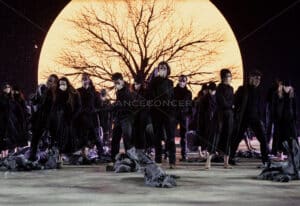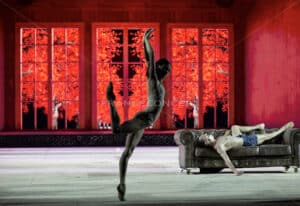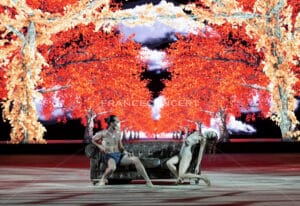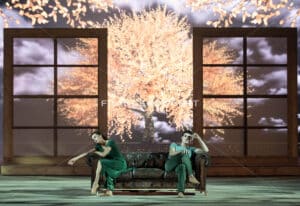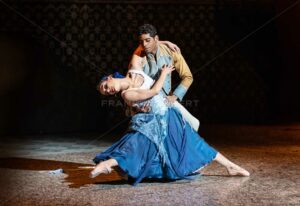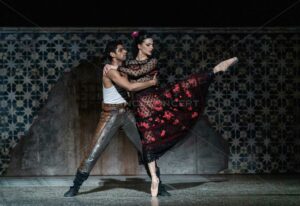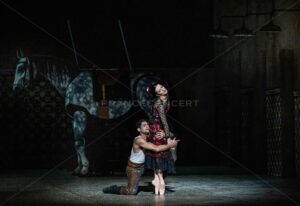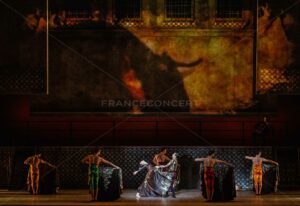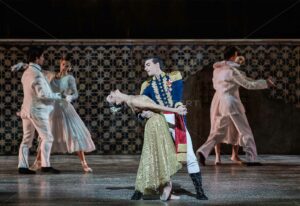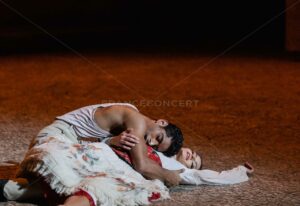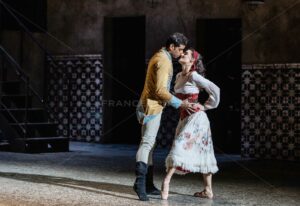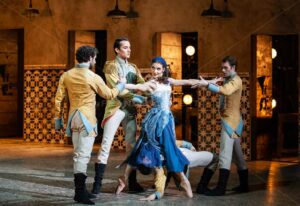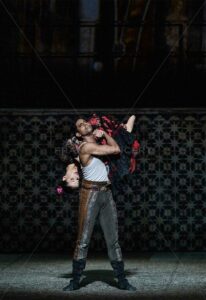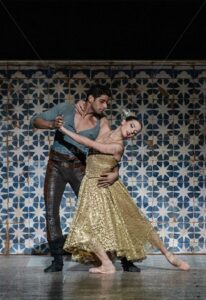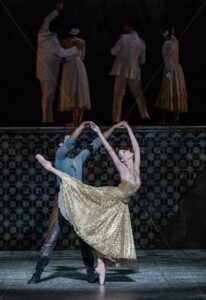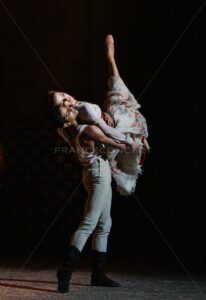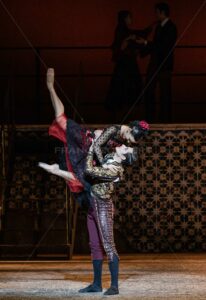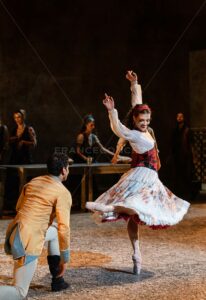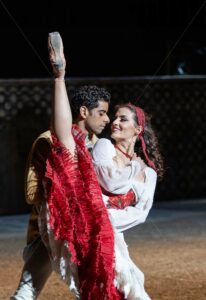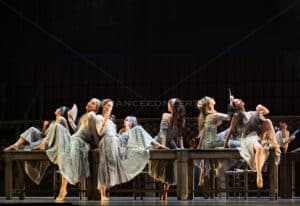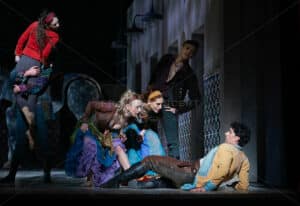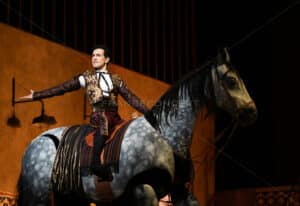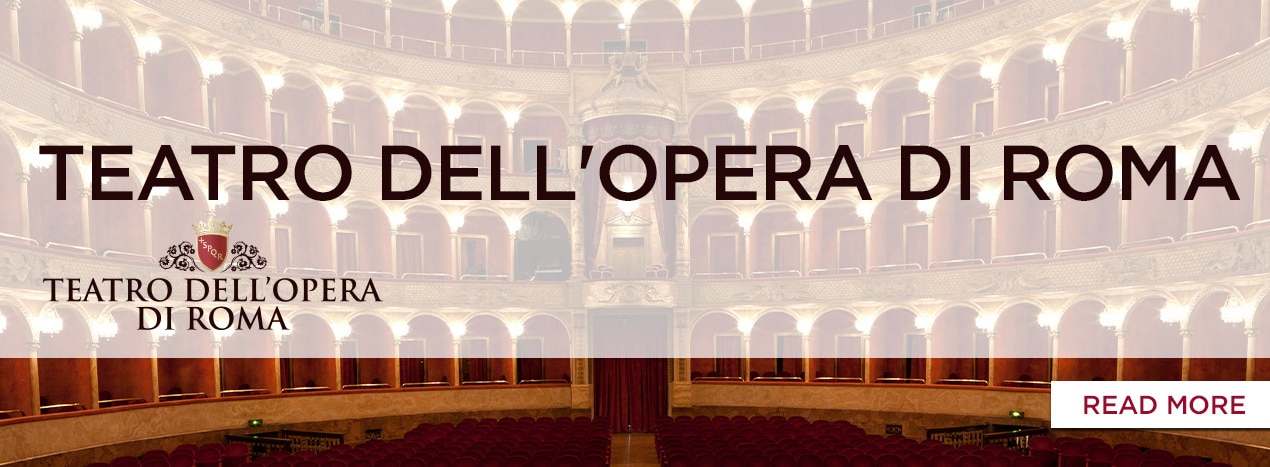
-
Teatro dell’Opera di Roma
Le Teatro dell’Opera di Roma
Unique, long, and troubled has been the history of Teatro dell’Opera di Roma, from its turbulent beginning to its current prestigious status in Rome. The construction of the building was trusted to Achille Sfondrini by Costanzi in 1879, who fulfilled the ambitious dream of his father, Domenico Costanzi. As a result, the Milanese architect, being a theatre construction specialist, gave priority to the acoustic system through a structure horseshoe-shaped designed as a sounding board to amplify the sound of performances. There were three floors of boxes, a theater, and a gallery that could hold up to 2,212 spectators, all crowned by a splendid dome painted by Peruvian artist Annibale Brugnoli.
The capital finally had its “hearth” for opera. The theatre’s construction was only completed within eighteen months. The theatre opened it’s doors on 27 November 1880 with Semiramide by Gioachino Rossini in the presence of King Umberto I and Queen Margherita. This was the beginning of the theatre’s activity, which was entirely due to the economic and organizational efforts of Costanzi himself, who managed the theatre as the Government refused to assume its management. Thanks to Costanzi and later his son Enrico, the capital’s theatre could host the world premieres of operas that later became essential pillars of the universal opera repertoire. Among them, two premieres were particularly significant: Pietro Mascagni’s Cavalleria Rusticana, which premiered on 17 May 1890, and Giacomo Puccini’s Tosca, which premiered on 14 January 1900. In 1907, the skillful Walter Mocchi took the theatre’s management and eventually entrusted the direction to his wife, the soprano Emma Carelli.
Thus, the “Impresa Costanzi” was born, and many new productions were performed on the Roman stage, primarily thanks to the wise and careful direction of Mme Carelli for 14 years. These productions included La fanciulla del West, Turandot et Il Trittico de Puccini, Parsifal de Wagner, Samson et Dalila de Saint-Saëns et les légendaires Ballets Russes de Djagilev. It would take a while, until 1926, for official recognition to happen: at the request of Mussolini, the Municipality of Rome bought the Costanzi Theatre, which became the “Teatro Reale dell’Opera.” As a result of this transfer, a renovation was carried out: the architect Marcello Piacentini moved the theatre entrance to the square (later called Beniamino Gigli) to offer more space to the numerous spectators who were gathering under the porticoes during performances.
The interior was newly decorated. A majestic chandelier hanging above illuminated the stalls with its twenty-seven thousand crystal droplets. In 1946 the theater welcomed the newly formed Italian Republic and became the “Teatro dell’Opera di Roma.” In 1958, Piacentini definitively renovated the theatre, given the upcoming Olympic Games. The renewal has given the theatre the appearance that spectators can still admire today. More than a hundred years of success have brought to the Teatro dell’Opera di Roma the most appreciated voices, the most prestigious conductors, and the musical notes that have determined its fate. Virtuosos such as Pietro Mascagni, Giacomo Puccini, and Ottorino Respighi have contributed to its status in the history of Italian melodrama and have made it the cradle of the 20th century verismo opera and musical theatre.
-
Dior Dresses the Nights
Dior Dresses the Nights – Rome Opera Ballet
FRANCECONCERT presents a unique show DIOR dresses the nights, two ballets Dancing Night and Roman Night
performed by the prestigious Rome Opera Ballet with costume designs by DIOR.
Dancing Night
Giorgio Manchini
Nuit Dansée is a creation by Giorgio Mancini for the Teatro dell’Opera di Roma company, featuring the two protagonists, Rebbeca Bianchi and Michele Satriano, all dressed in costumes designed by Dior.
Based on Glass’s Tirol Concert, Mancini has created an abstract ballet. He plays with the sober classical geometries and modernises the academic language with dynamics and a lively, personal musicality. The main couple evolve on a human level, gentle and loving, while the other dancers adopt a more essential style.
To feed his own imagination and provide an inspiring theme for the creation, Mancini chose the subtitle nuit de rêve, nuit d’amour (night of dreams, night of love) as a sort of red thread linking the three movements to Glass’s music. The first movement alternates between a group of male dancers and a group of female dancers, the second focuses on a male-female duo, while the third explores individuality.
Roman Night
Angelin Preljocaj
A spellbinding celebration of the timeless beauty of Rome, Roman Night fuses the world of haute couture with that of classical ballet in the heart of the majestic Palazzo Farnese.
Beneath celestial vaults and centuries-old frescoes, the audience is invited to follow Eleonora Abbagnato and Friedemann Vogel on a magical journey through the centuries. Elleonora Abbagnato plays the Roman goddess of the night, Nox, who, as she wanders, awakens the spirits of many dukes and other nobles who once walked the corridors and gardens of Farnesia.
Under the direction of choreographer Angelin Preljocaj, dancers from Teatro dell’Opera di Roma move to the rhythm of Schubert’s music, dressed entirely in Maria Grazia Chiuri’s designs for Dior.
The palace becomes a narrative setting, its architecture a character in its own right, and the expertise of the House of Dior shines through in its costumes, which perfectly match and accompany the movements of the dancers they dress.
As the night progresses and dawn approaches, the lush gardens are transformed into paradise, the Eternal City awakens, and the nocturnal assembly begins its final round.
-
Four Seasons
Four Seasons
Time passes transforming everything. Especially, love and its actors. It is the starting point of the one-act ballet directed and choreographed by Giuliano Peparini.
During the seasons, four couples meet – four stories are told: from the first glances that seek each other with modesty (spring) to the fires of passion (summer) and then to their gradual extinction (autumn) until the relationship freezes (winter). On stage, the roots of a giant tree burrow into the deep emotions that the dancers go through… Distraught in the face of time, nature repeats its miracles and holds up a mirror to us as if to say: “Look at yourselves!”
Antonio Vivaldi’s music, like an Haute-Couture dress, perfectly matches the dancers’ movements to this rush of feelings. The “chassés-croisés” is interpreted and performed beautifully by the Orchestra of the Teatro dell’Opera di Roma, particularly by the violin soloist Vincenzo Bolognese.
From one season to the next, Domenico Scarlatti’s Sonata in F minor K. 466 is performed on piano by Antonio Maria Pergolizzi. Other musical elements flourish within the performance: Nancy (with the Laughing Face) by Jimmy Van Heusen and Phil Silvers, sung by Frank Sinatra; Summertime by George Gershwin, Edwin DuBose Heyward, Ira Gershwin; Les feuilles mortes by Jacques Prévert and Joseph Kosma sung by Yves Montand.
The narration and transitions of this show are carried by the voice of the great Italian actor Alessandro Preziosi. He whispers in our ears a series of texts and poems: E poi fate l’amore by Alda Merini, an excerpt from The Prophet by Kahlil Gibran, Crescita d’amore by John Donne, Estate by Cesare Pavese, Autunno by Vincenzo Cardarelli and Le foglie morte by Jacques Prévert. Each word underlines, in turn, the bewitchments, the tenderness, and the traps that the bodies feel in front of passionate love.
To accompany this procession of seasons where the dancers make and unmake the bonds of love, the decor as well as costumes and scenography make this subtle universe tangible. This delicacy is manifested thanks to the technical talents of Andrea Miglio and Anna Biagiotti. Lastly, the lights of Alessandro Caso and the videos created by Edmondo Angelelli and Giuliano Peparini complete the heart of this show, making it truly unique.
-
Carmen
The Corps de Ballet of the Teatro dell’Opera di Roma, directed by Eleonora Abbagnato, is honored to present Carmen by Georges Bizet in a reinterpretation by dancer and choreographer Jiří Bubeníček, winner of the Best Choreographic Production Award at EuropainDanza 2019.
The story of the most famous cigarette girl is entrusted to the vision of the Czech dancer, renowned worldwide as one of John Neumeier’s emblematic performers. Bubeníček, a multiple award winner—including the prestigious Benois de la Danse Prize—is a highly regarded choreographer in both Europe and Japan. His version of Carmen returns to the literary origins of this tale of Passion and Death, with which some of the greatest international choreographers have engaged: Carmen, the novella by Prosper Mérimée.
This faithful adaptation unfolds to the music of Georges Bizet, Manuel de Falla, Isaac Albéniz, Mario Castelnuovo-Tedesco, and Gabriele Bonolis. The choreographer describes the protagonist of his two-act ballet as follows:
“She is a completely free and wild creature. A fierce spirit, like an untamed horse. When José tries to convince her to start a new life with him, to build a family—in short, to seek stability—she rebels and tells him that the more he asks for it, the further she will go. She is a beautiful gypsy, full of energy and desire, thirsty for the pleasures of life.”
The scenography and lighting, with strong dramaturgical value, shape the various scenes of the ballet and are designed by Gianni Carluccio, while the costumes are by Anna Biagiotti.

